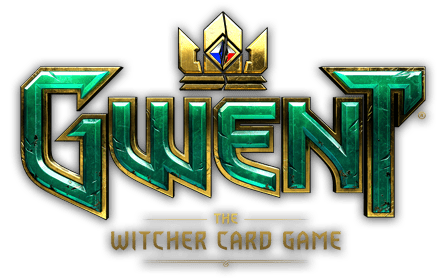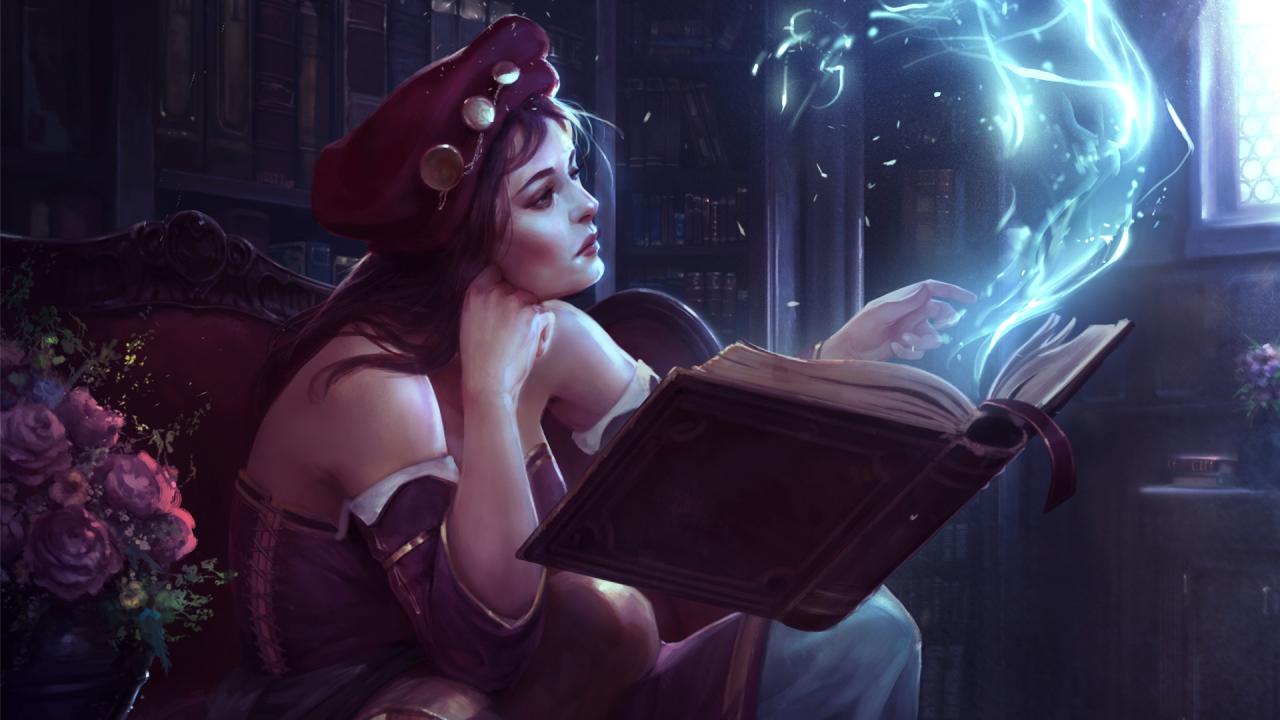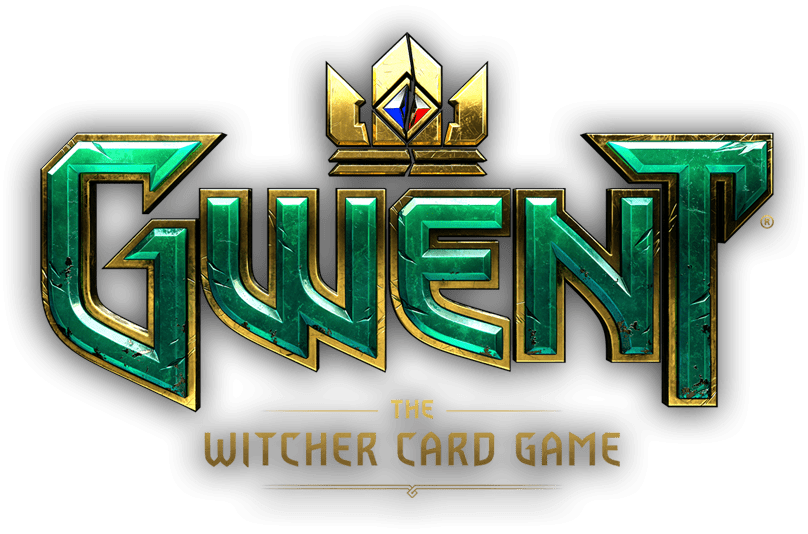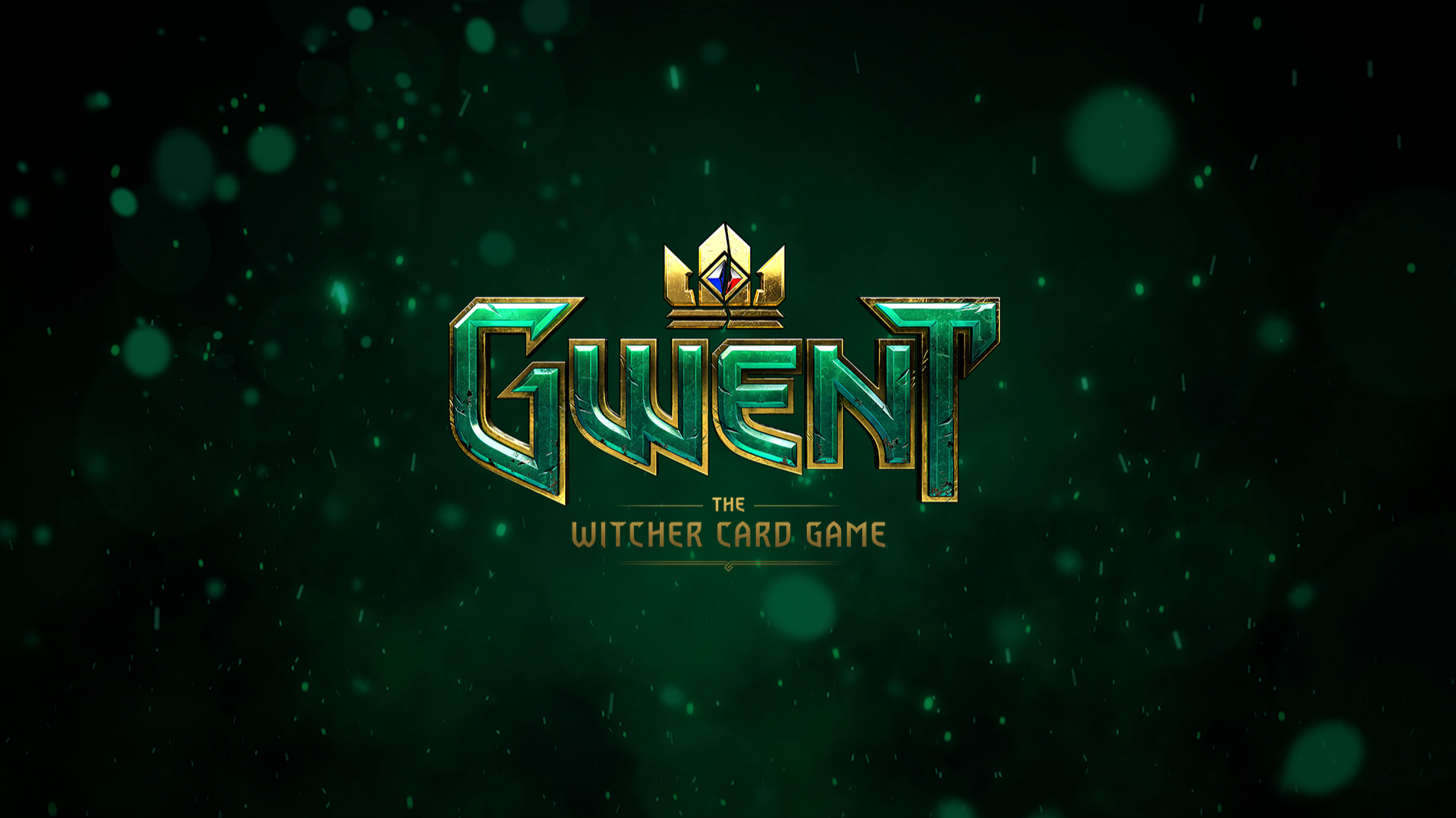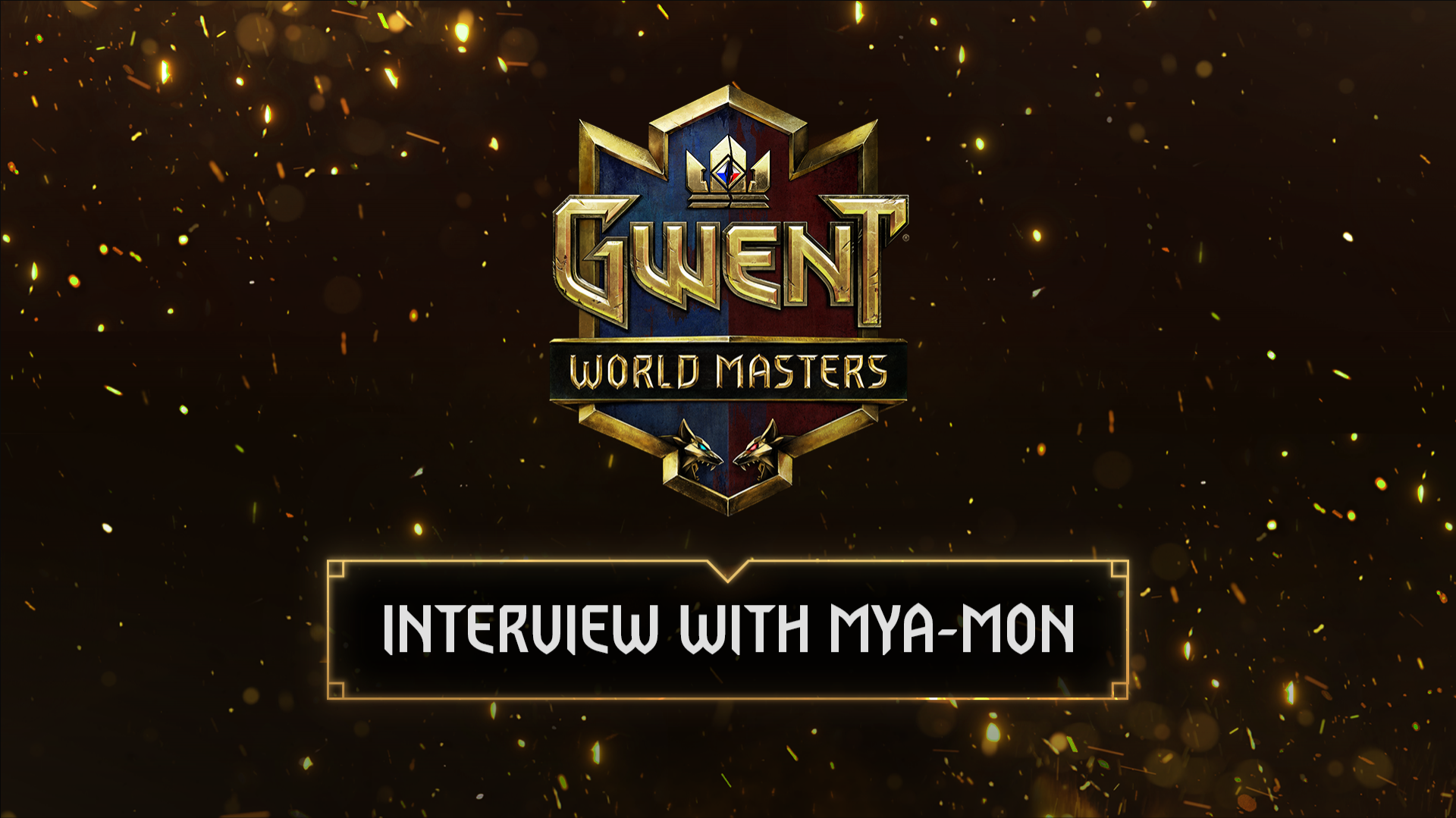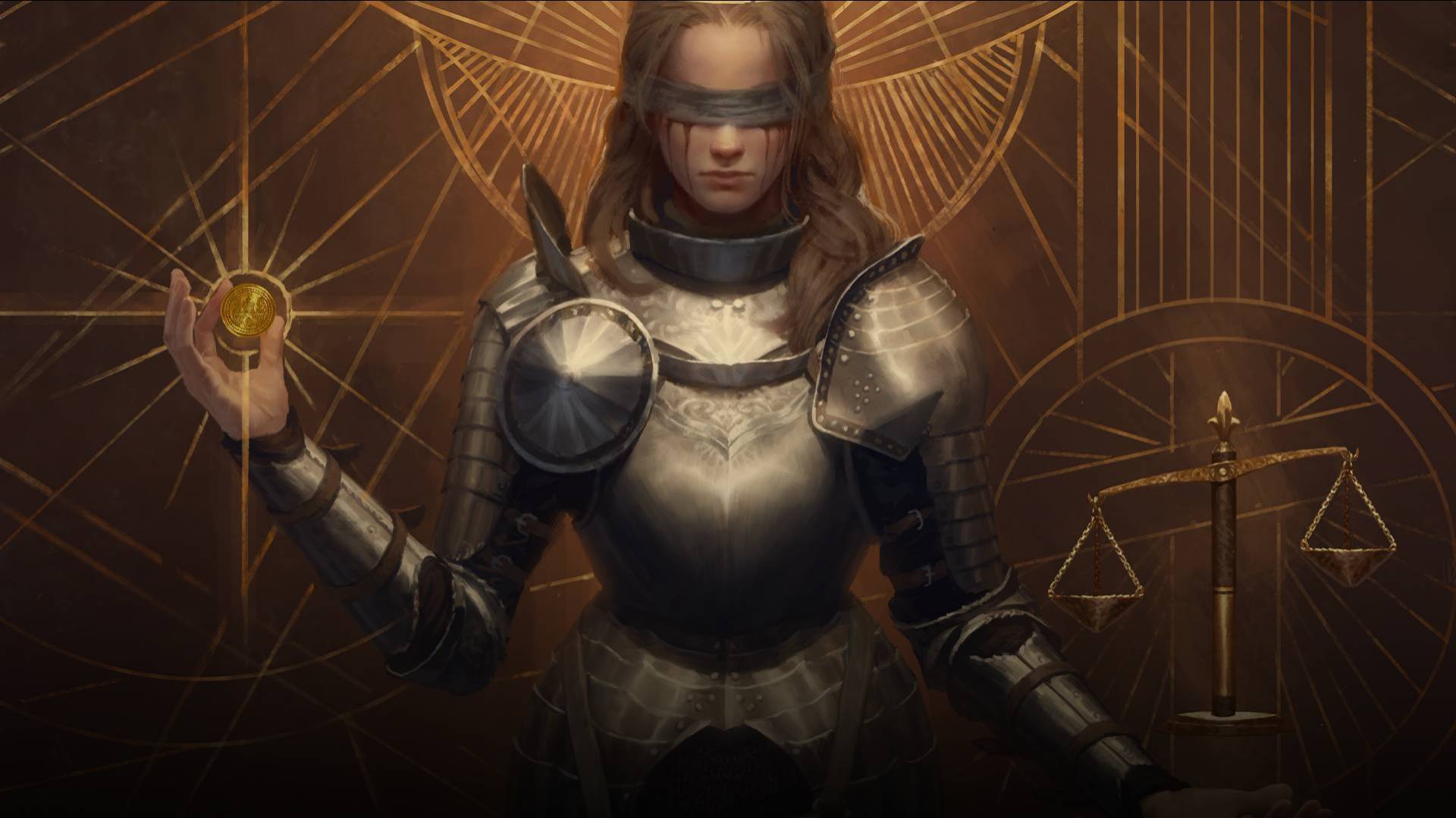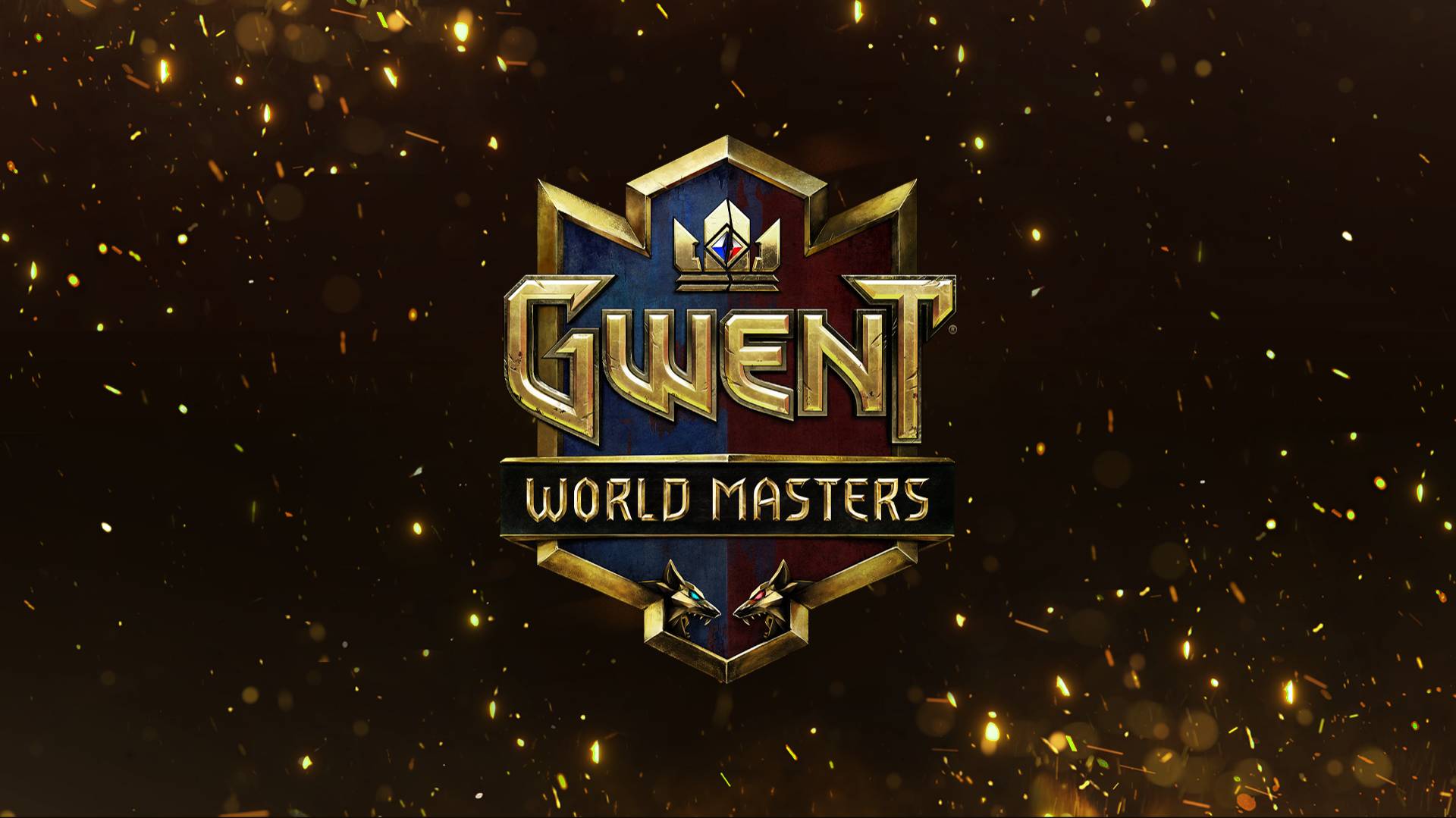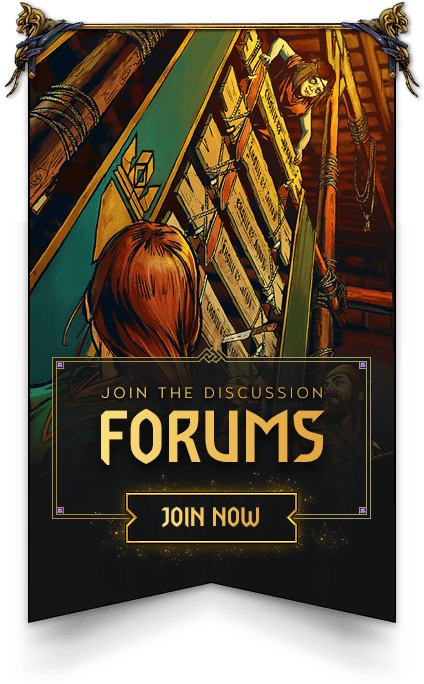A Beginner’s Guide To GWENT
by Francesca “Jaggerous” Jagger
Learning to play a new game can be daunting. With different factions, rows, leaders and more, GWENT: The Witcher Card Game may seem a bit overwhelming at first glance. However, once you get past that initial feeling, you’re likely to find a game that is engaging, nuanced, and very different from others. To help you out as a new player, here are some tips and information on how to jump into GWENT:
How to Play
First things first — let’s start with the basics. Each game of GWENT consists of three rounds. Your objective is to win two of them. The aim of each round is to obtain more points than your opponent. Players take turns playing cards until one of them passes, indicating that they do not wish to spend any more cards for the rest of the round. The remaining player may continue to play as many cards as they like. At first, you may think it makes sense to keep laying them down and ensure you win the round, but keep in mind that you only draw two cards going into the second round, and just one going into the third. This means investing too much into the first round could leave you at a disadvantage in the following two and ultimately lose you the game. Passing early in the first round may be the smartest option if you cannot keep up with your opponent without expending a lot of cards. This is something that takes practice to get the hang of, but is important to think about.
Which faction?
Now that you know the basics, it’s time to decide which faction to play. GWENT offers five distinct factions to choose from, each with their own unique playstyles. It’s worth trying all of them out to find the one which best suits you. Your options are:
Northern Realms — This faction has the unique ability to use armour to protect your own units from damage. You can utilise said armour for other benefits, too. Northern Realms has lots of ways to damage your opponent’s units, including an archetype where you shoot your opponents cards with warmachines like ballistas and trebuchets.
Monsters — This is the primary weather-based faction. Weather comes in various forms and each type of weather causes negative effects when played on your opponent’s side of the board. The Monsters faction features cards which synergise with these weather types, such as those which help you find weather, as well as units which gain benefits when a specific weather is in play. This faction also has other archetypes which benefit from actions like consuming your own cards, or even killing your own units!
Scoia’tael — This faction is mostly made up of dwarves and elves. You can build decks which synergise with each of these card families. There are also options for decks where you boost the power of units in your hand, and decks which specialise in playing lots of special cards (pun intended).
Skellige — This faction is perhaps one of the trickier ones for new players. Skellige allows you to damage your own units in order to gain perks. This can be done by using cards like Greatswords. You have lots of options for resurrecting units from the graveyard and can utilise this mechanic as part of your strategy. Alternatively, you can use card synergies within groups. These thrive within Skellige, with examples such as Tuirseach Veterans or Cursed units.
Nilfgaard — Being somewhat of a “sneaky” faction, Nilfgaard gives you the option to reveal cards, either by showing your opponent what you have in your hand, or seeing what they have in theirs, in order to gain benefits. You can utilise spies (cards played on your opponent's side of the board) for various useful effects, such as to gain more points. Alternatively, you can build decks that synergise with the Alchemy tag to boost your own units and deal damage to your opponent’s.
A good way to get a feel for different factions, and unlock their leaders in the process, is with the single player challenges. Completing these unlocks two extra leaders for each faction, while also giving you the idea of various starter decks to see which faction you like best. In addition, finishing these challenges will earn you ore — currency used to purchase card kegs and therefore, gain more cards.
Card Kegs
Once you’ve found the faction you want to get started with, it’s time to expand your collection and earn some kegs. GWENT’s model requires you to win rounds to unlock daily rewards. For example: if you win six rounds in a day, you earn 100 ore. That is enough for one keg. If you get to twelve rounds, you earn a further 75 ore, and so on. The key point here is that you do not have to win games in order to progress — you only have to win rounds. So if you lose a match, but win one of the rounds, you will still progress towards your daily rewards. As a new player, it may be smart to focus on winning at least one round as you’re getting the hang of the game.
Opening a keg grants you five cards. The first four will be random, whereas the fifth one will be presented to you as a choice of three. This makes it easier to start building new decks for your favourite faction, as you can pick their cards over those of others. If you’re unsure what to pick there are plenty of online communities you could ask for help, including the GWENT forums.
Crafting Cards
Another way of obtaining cards is to craft them. Cards are crafted from Scrap. This currency can be obtained by recycling cards you don’t want, or any extra copies you may have. Be aware that the starter leaders and those obtained in solo challenges cannot be found in kegs. If you recycle them, you will have to craft them if you want to get them again. When deciding which cards to craft, I always recommend neutrals to begin with. Neutral cards can go into any deck, so you can use them with multiple factions. A great starter legendary card to craft is Muzzle, which allows you to steal a unit with 8 or less strength from your opponent. Another great option is Geralt: Igni. This card allows you to destroy the largest unit(s) on your opponent's row if that row adds up to 25 points or more. Both of these cards can fit into any deck and provide significant value. There are also plenty of other good options out there, and it’s worth looking through the collection before you decide.
Ranked
Once you reach account level 10, you can play games on the ranked ladder. Ranked may seem scary at first, but it’s a very good way to earn more rewards as you improve your skills. Ranking up in GWENT also unlocks rewards. These include Kegs, Scrap, and Meteorite Powder. The latter used to craft premium, animated versions of cards. Furthermore, when the season finishes at the end of the month, you earn more rewards based on the highest rank that you have reached for that season. Compared to playing in casual, ranked is the better option for progression in GWENT. But casual mode can be great for testing out new deck strategies, which you later bring to ranked.
Now that you know the basics of GWENT and how to get started, the next step is to play! Have fun!
